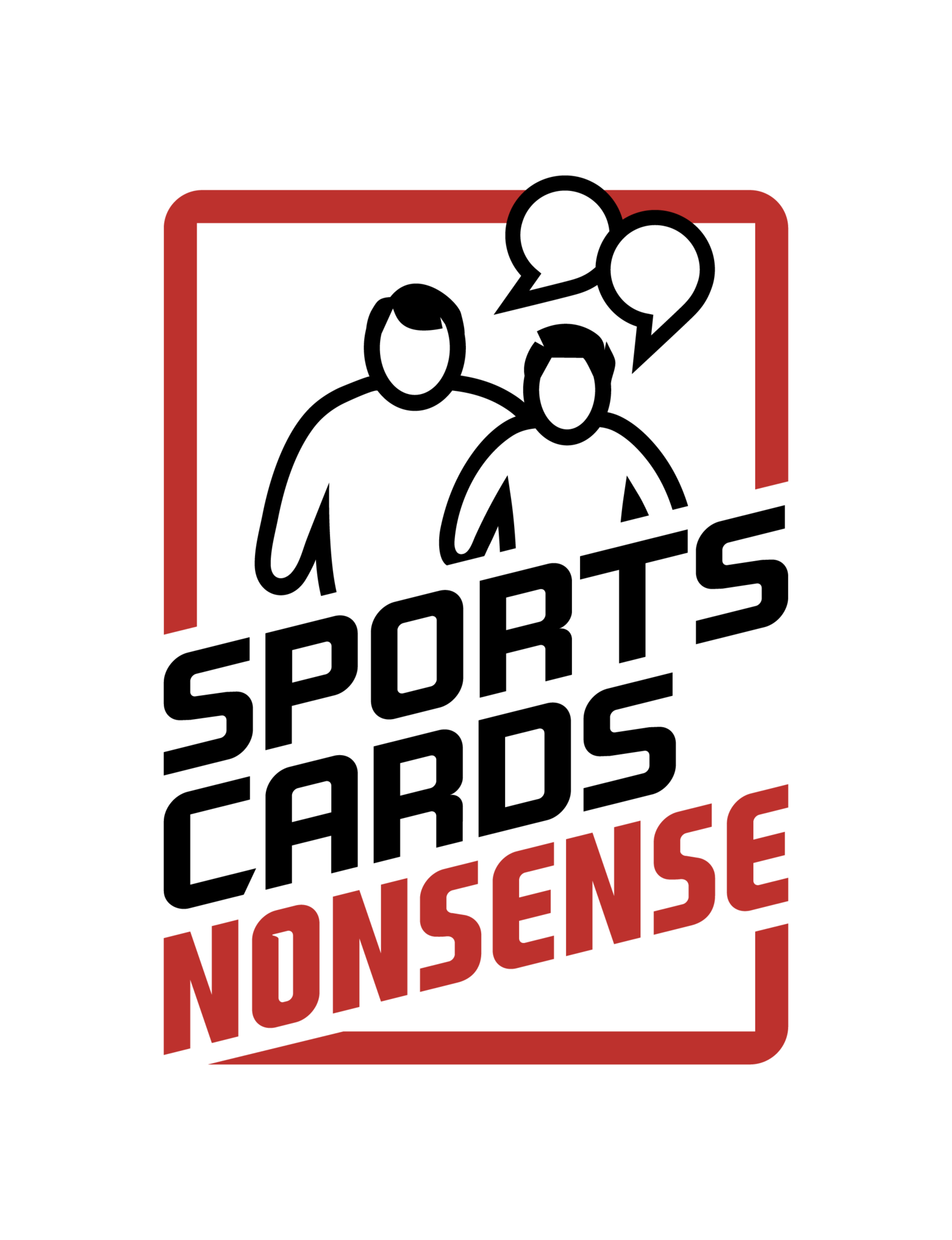PSA Increases Prices?
PSA announced an increase to their grading prices and I was honestly shocked. I expected an announcement on price changes at PSA soon, but I fully expected a drop in prices as the value of PSA’s service is lower than it has been in a years in terms of value added to cards.
Grading is a big part of the hobby with over a million cards a month getting slabbed by one of the big four grader (PSA, SGC, BGS, and CGC). Despite that, premiums for graded cards have dipped heavily. Where ultra-modern gems used to get 5x or even 6x raw prices, now they are lucky to get 2x to 3x.
And everyone and their mammy knows about 9s. Do we ever know about 9s. It’s impossible to go on any form of sports card social media without seeing discussion about 9s being sold for raw prices (or less).
The result is that many collectors have stopped sending in cheaper cards. The strategy of “grading your way out” of a bad break is a thing of the past. Still, even with that, PSA has continued expanding and has continued to put up new records in grading volume.
Why?
I’m not sure I fully understand why PSA’s grading volume hasn’t dipped outside of minor month-to-month fluctuations around 2% or 3% occasionally. There are a few explanations that I like but would love to hear alternative theories in the comments.
The most likely explanation is that the real demand for grading volume during the boom was much higher than now and that the increases in grading volume are a function of increased capacity and not due to increase demand. PSA likely could have graded 4 million cards a month during the pandemic boom if they had the graders. Demand is down, but it still outpaces PSA’s grading capacity.
Another thought is that many collectors are creatures of habit and they are stuck in a buy wax, grade cards, sell cards, repeat cycle. Collectors will lose money sending in those $20 raw cards now but perhaps many aren’t noticing that or haven’t yet.
CGC: A Cautionary Tale
CGC burst onto the card scene in grand fashion and quickly had large sports card grading volume numbers. That all came to a crashing halt when they upped their bulk prices to $12-a-card from $8. The move saw CGC lose 90% of their sports card grading volume. While their overall numbers looked healthy, beyond TCG cards it was a blood bath.
CGC only just recently has seen their sports card numbers rebound with a grading special. The market has spoken though and it looks like a lot of collectors will use CGC at $8 or $10 per card, but at anything higher their sports card volume seems capped at 20,000 cards a month. Their goal is to be a competitor for PSA who routinely grades 500,000 sports cards a month. More grading specials seem likely.
Will PSA Decline Like CGC Did?
CGC was in a much weaker position than PSA when they upped their prices. PSA also has shown their ability to get the most out of pricing with multiple tiers of expensive services that can lead to dreaded upcharges. They also seem to have a good grasp of the sports card market which CGC has never demonstrated. So, no I don’t think PSA will collapse because of a slight price increase.
I do think demand will continue to decline though as premiums shrink though and expect a slow decline in their grading volume. It won’t show up in the grading volume numbers for about three months or so, but my guess is that any decline will be offset by the price increase.
Wrap Up: The M-word.
PSA is raising prices in a market where graded cards aren’t as valued as highly as they once were. While CGC’s woes might give them pause, PSA’s market dominance means they have the ability to up prices even when market conditions suggest it’s a bad idea. It’s ultimately the kind of behavior one expects when a company acquires a monopoly over an industry. With SGC under the same parent company now, Collectors Universe (PSA’s owner) accounted for 94% of the big three sports cards graded in December. With numbers like that, the surprising price increase should have been obvious.

